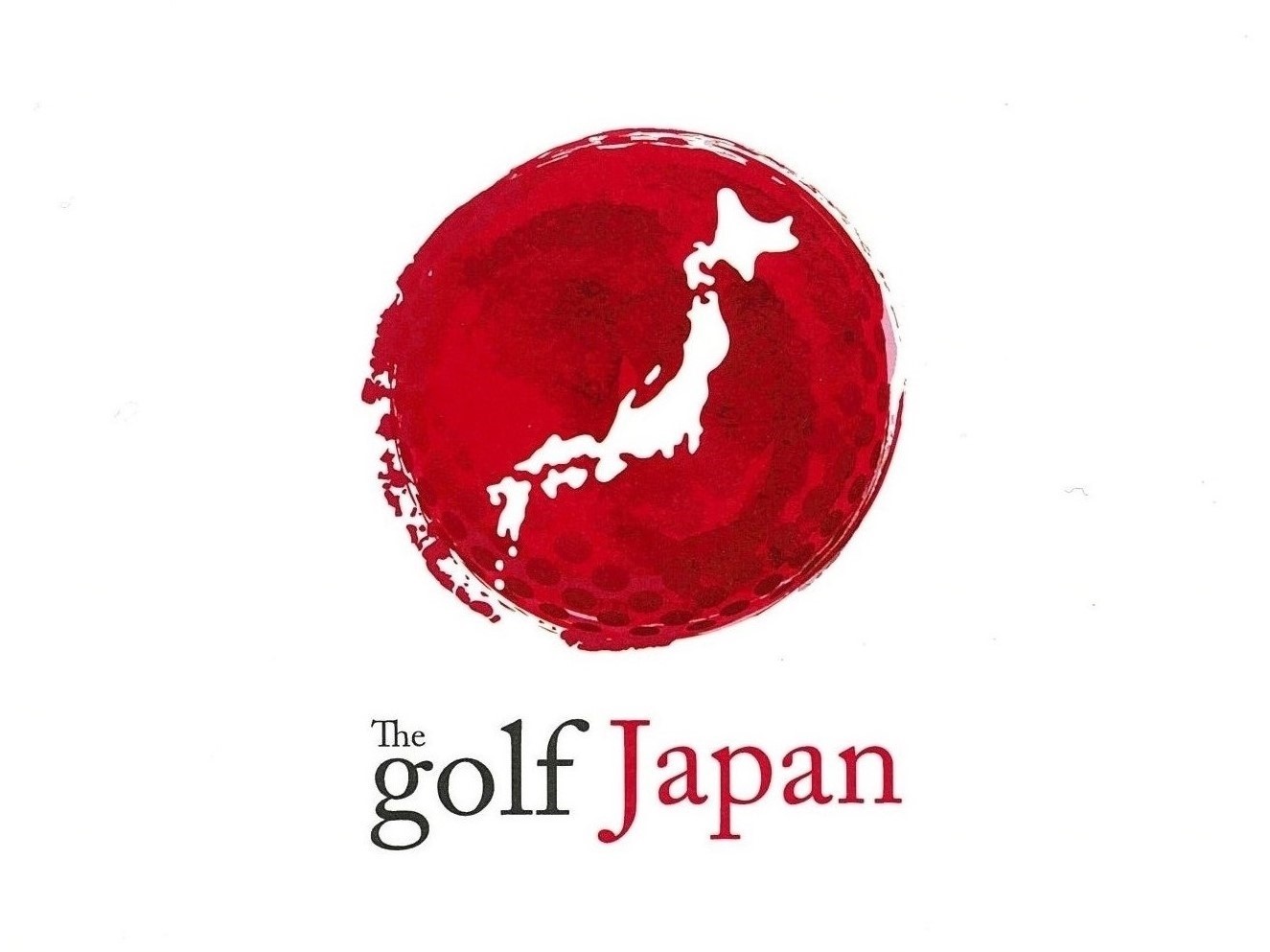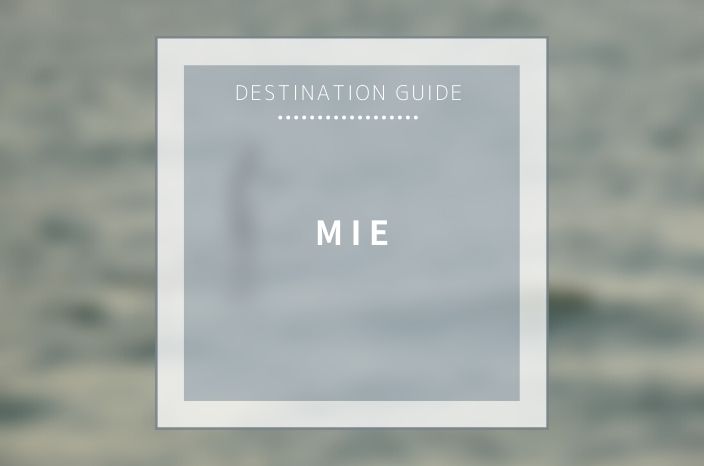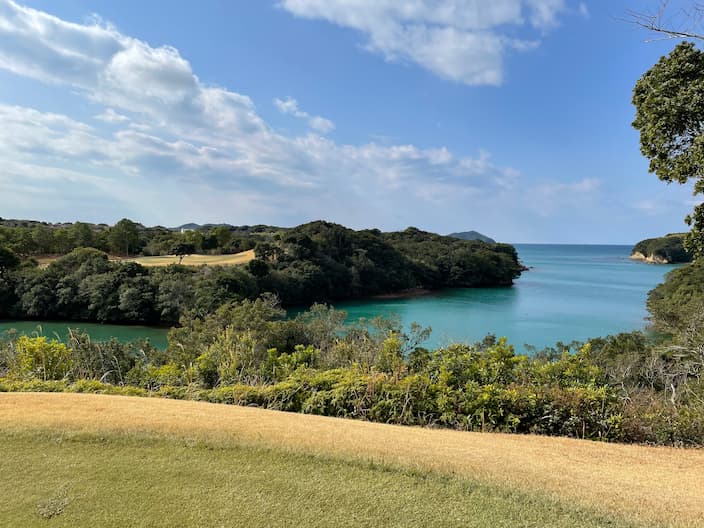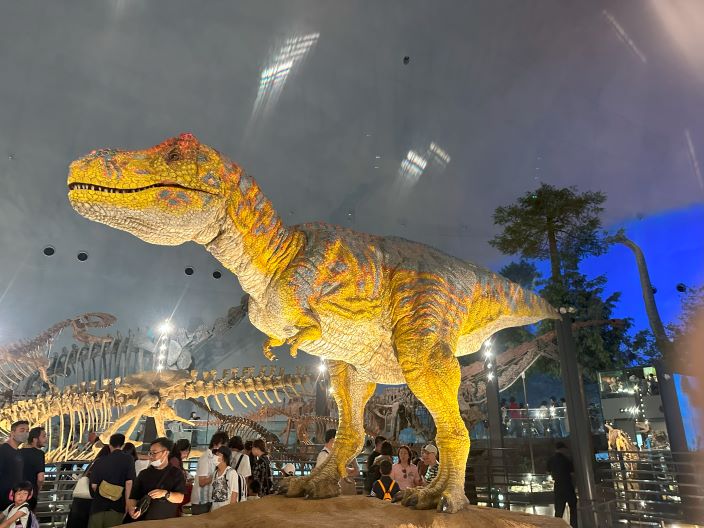Do you know about Mie Prefecture? If you are one of the G7 World leaders – or a keen Japan Golfer – you probably do, as it was a host city for the G7 summit in 2016 and is also one of the leading Golf destination in Japan.
And if you do not know about Mie yet, then please read on. Today I would like to help you understand a bit more about this beautiful destination and why you should consider it for your next Golf trip.
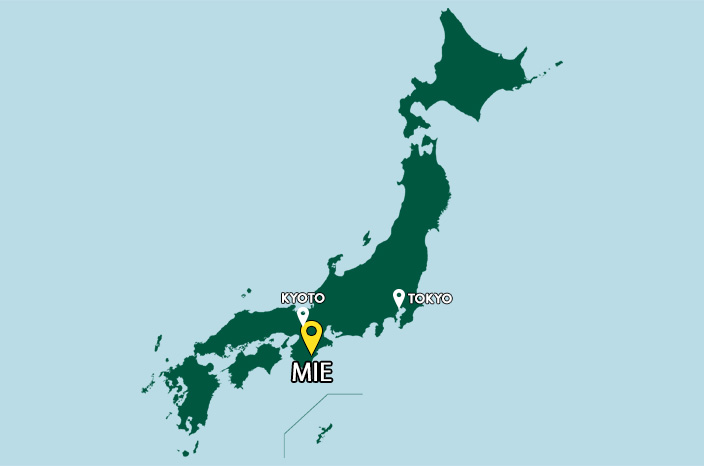
Introduction
Located between Aichi (Nagoya), Nara and Wakayama Prefectures, Mie lies on the Pacific Ocean side and has over 1000 km of coastline, most of which is protected as a Natural Park. The main highlights for sightseeing can be divided in three distinct areas: the Ise-Shima Peninsula on the cost, Iga-Ueno inland towards Nara & Kyoto and finally, Kumano in the South.
Areas
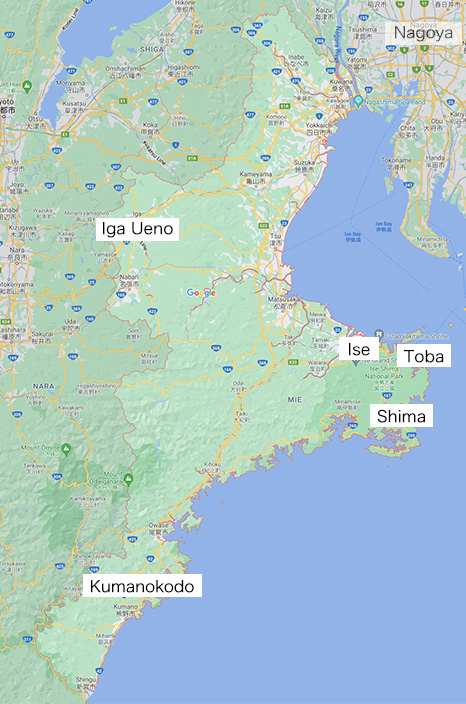
Ise – Home of Goddess Amaterasu
The Ise Jingu (Ise Shrine) is where the “Sun Goddess”(Amaterasu) is enshrined and is considered the holiest place of Shinto all over Japan. For over 2,000 years, pilgrims have been traveling from all over Japan to Ise, to pay respect and pray at the Ise Shrine and still nowadays, it is one of the most important destination in Japan.
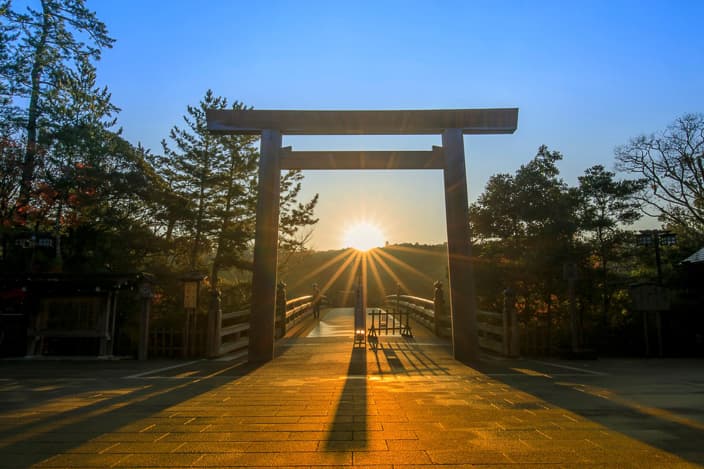
The shrine is located in a large forest – the whole area is actually almost the same size as Paris, according to Ise-Jingu website! – and in order to purify oneself before entering the sacred grounds, you should first wash your hands at the sacred fountain, walk through a Torii (Shinto Gate) and pray by the holy Isuzugawa river.
After walking in the forest you reach the Inner Shrine (Naiku in Japanese), the most sacred site. Its architecture is very traditional and unique in the sense that it was built before the arrival of Buddhism and outside architectural influences. It can be a bit unsettling for foreigners, as it is actually very simple and plain – no fancy gold statues or ornaments!
What is also unique, is that it gets rebuilt from scratch every 20 years… So it has already been rebuilt 62 times (last was in 2013, next will be in 2033). If you wish, you can also visit the The Outer Shrine (Geku), dedicated to the goddess of food, clothing and housing, Toyouke.
On your way out, take a stroll through Oharaimachi, lined by traditional style buildings that house shops and restaurants catering to the constant flow of pilgrims. Some shops have been operating for many centuries, while others are relatively new. It’s a great place to find local and traditional products!
Toba – Pearl of Nature
A few kilometers away from Ise Shrine, in the bay of Toba, you can also learn more about Ise-Shima’s special relationship to the sea. Here is located the Mikimoto pearl island, the birthplace of Pearl Cultivation. The Mikimoto Kokichi Memorial Hall introduces the life and work of Mikimoto Kokichi who became the first person to successfully cultivate pearls in 1893. Also located on the island, the Pearl Museum provides detailed explanations about pearls and the cultivation process and challenges.
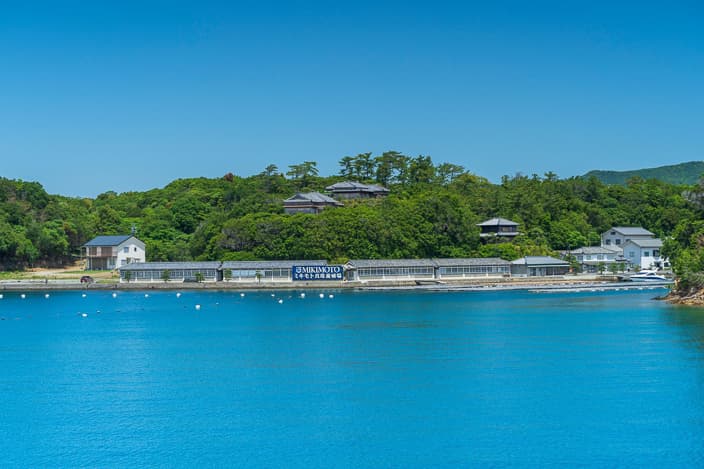
Another unique feature of the area is the tradition of “Ama”, the female divers who plant and harvest oysters and other seafood. There are hourly performances at Mikimoto pearl island and more private or exclusive encounters can also be organized.
While you are in the area, you will probably pass by the Meoto-Iwa, two sacred rocks connected by a rope and representing a husband and wife and if you have time, it can be interesting to visit is the Hinjitsukan, a former accomodation for important guests visiting the Ise shrines, which is now opened to the public as a museum.
Finally, if you like aquariums, do not miss the Toba Aquarium, it features one of the largest numbers of species of fish and animals in Japan which are spread out over twelve zones.
Iga Ueno – Kingdom of the Ninja
During the feudal and samurai era, ninjas were active all around Japan and received a formal training at “schools” of ninjutsu (the art of stealth). The two most famous were the Koka school in Shiga Prefecture and the Iga school in the former Ueno City (present-day Iga-Ueno).
Although there are no more ninjas in Japan (as far as I know!), Iga is perpetuating the ninja heritage and set-up very informative Ninja Museum about the history, training and daily life of ninja. The museum is housed in a traditional Japanese building that seems small from the outside but has a lot of trapdoors and hidden pathways. In addition, several shows and activities are offered, so it’s a fun visit even for kids.
After feeling like a Ninja, you can imagine how it was to live in a Japanese castle, with a visit of the Ueno Castle. Although it’s a reconstruction (there are only 14 original castles remaining in Japan), it was rebuilt in the early 20th century, so still feels ancient and authentic.
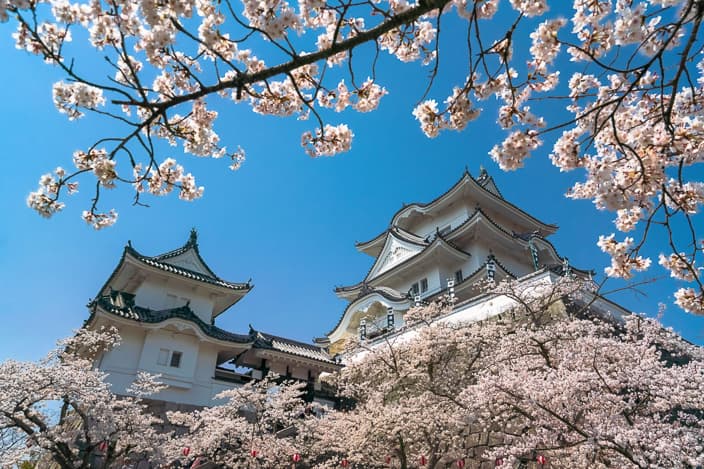
Kumano Kodo Iseji Route – Path of the Pilgrims
The Kumano Kodo is an ancient network of pilgrimage routes that all congregate towards the sacred site of Kumano Sanzan in the neighboring Wakayama Prefecture. In 2004, it was registered as a UNESCO World Heritage Site as the “Sacred Sites and Pilgrimage Routes in the Kii Mountain Range”. One of the routes departs from Ise Jingu in Ise and descends South through the whole prefecture of Mie and is called the Kumano Kodo Iseji Route.
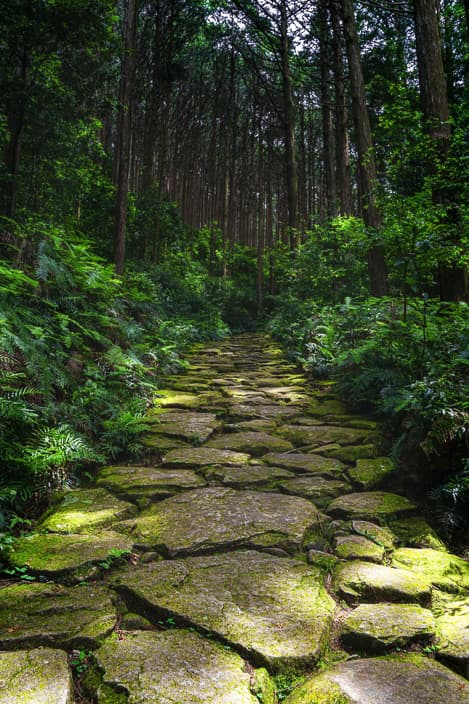
Along the way, there are well-preserved sections of ancient cobblestone paths, sometimes lined with ancient statues or lanterns covered by moss and many beautiful views of the sea visible from the mountain passes. It is possible to walk just a few portions as a daytrip (recommended) or the entire 170km from Ise to Kumano by staying in overnight in lodging facilities, although most are quite basic.
Once you arrive in Kumano Sanzan, its spiritual and natural atmosphere make you feel what Japanese people call a “power spot” – After that, you will be fully recharged for a round of Golf.
Oh, yes… I almost forgot about Golf! Mie Prefecture is actually also very popular for Golf and there are several great golf courses in the area. Please feel free to consult us for more details and recommendations!
To conclude…
Mie may sound a bit off-the-beaten track as it’s not really on the way between Tokyo and Kyoto, but it offers an abundance of great culinary, cultural and nature experiences, together with few but great accommodations and excellent golf options. So, please consider it, for your next journey to Japan!
